Last updated 11 months ago | Originally Published: September 18, 2023
Twizzlers The Licorice Candy That Twisted History
Twizzlers, the twisted licorice candy that has captured the hearts of many, stands as an iconic brand in the confectionery industry.
Originating in the 19th century, this candy has survived and thrived through various economic cycles, ownership changes, and shifts in consumer preferences.
Its longevity and sustained popularity make it more than just a sweet treat; it’s a cultural staple that has been part of countless movie nights, road trips, and celebrations.
Understanding the history of iconic brands like Twizzlers offers a unique lens through which we can view broader societal and cultural changes.
For instance, the brand’s evolution can shed light on shifts in marketing strategies over the decades, the impact of economic conditions on consumer goods, and even the changing tastes and preferences of the public.
This form of historical analysis can provide valuable insights for entrepreneurs, marketers, and consumers alike, offering lessons on adaptability, innovation, and brand management.
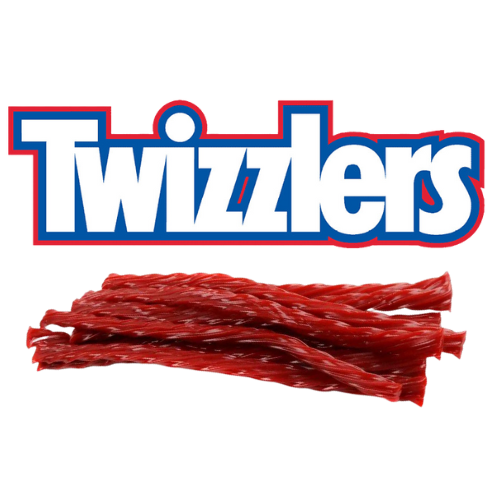
In this article, you can expect a comprehensive exploration of Twizzlers’ rich history. We’ll start by tracing its roots back to the 1840s when it was first introduced by the company Young & Smylie.
We’ll discuss its various ownership changes and how each transition influenced the brand’s development. The article will also cover the diversification of Twizzlers into different flavors and forms, examining how these changes contributed to their rise in popularity.
Additionally, we’ll touch upon the brand’s cultural significance, especially within the United States, and discuss some of the controversies and challenges it has faced in recent years.
By the end of this read, you’ll have thoroughly understood how Twizzlers became the iconic brand it is today.
Key Takeaways
- Twizzlers have a rich history dating back to the 1840s.
- The brand has undergone several ownership changes.
- Twizzlers have diversified into various flavors and forms.
- The candy has a significant cultural impact, especially in the U.S.
- Twizzlers have faced controversies but continue to be a popular snack.
The Humble Beginnings: 1845-1900
In the mid-19th century, the confectionery landscape was quite different from what we know today. It was during this period that Young & Smylie, the original company behind Twizzlers, was founded.
The company’s early years were marked by experimentation and a focus on licorice-based candies, which were a popular choice at the time. This section aims to shed light on the initial years of Young & Smylie and how the first Twizzlers came into existence.
The Birth of Young & Smylie
Young & Smylie was founded in 1845 by R.J. Young, S.V. Smylie, and H.W. Petherbridge. The company initially focused on licorice-based candies, which were popular and easier to produce with the limited technology available at the time.
Licorice root had been used for centuries for its medicinal properties, and Young & Smylie capitalized on its popularity by incorporating it into various candy forms.
| Year | Event | Product Introduced |
|---|---|---|
| 1845 | Young & Smylie Founded | Licorice Lozenges |
| 1850 | Expansion of Product Line | Licorice Chews |
| 1860 | Introduction of Flavor Variants | Mint Licorice |
The First Twizzlers
In the late 19th century, Young & Smylie introduced what would later become one of their most iconic products: Twizzlers.
Unlike other candies of the time, which were often hard or brittle, Twizzlers offered a unique, chewy texture.
This game-changer in the candy industry provided consumers with a new eating experience.
The original Twizzlers were also unique in their twisted shape, making them fun to eat and visually appealing.
| Year | Event | Unique Feature |
|---|---|---|
| 1880 | First Twizzlers Introduced | Chewy Texture |
| 1890 | New Flavor Variants | Strawberry Twizzlers |
| 1900 | Packaging Innovations | Individually Wrapped |
Ownership Changes: 1900-1960
The early 20th century was a period of significant change for Young & Smylie as it underwent several ownership transitions.
These changes were not merely administrative but profoundly impacted the brand’s identity, production methods, and market reach.
In this section, we’ll explore how Young & Smylie became part of the National Licorice Company and the role of various mergers and acquisitions in shaping the brand.
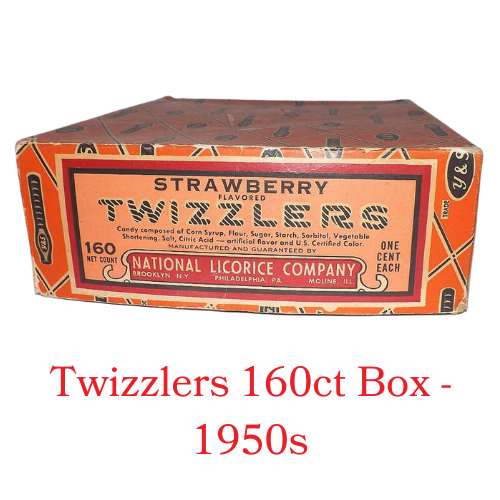
National Licorice Company
In 1902, Young & Smylie merged with two other companies to form the National Licorice Company.
This merger was a strategic move to consolidate resources and expand market reach. The new entity focused on streamlining production methods and optimizing distribution channels.
As a result, Twizzlers could now be found in more stores across the country, and the brand gained a more national presence as opposed to its earlier regional focus.
Mergers and Acquisitions
The 20th century was a turbulent time for many businesses, and Young & Smylie was no exception.
The brand had to navigate through the economic hardships of the Great Depression and the resource constraints during World War II.
However, strategic mergers and acquisitions played a crucial role in its survival. By aligning with companies that complemented its product line or offered distribution advantages, Young & Smylie managed to survive and expand during these challenging times.
The Rise to Popularity: 1960-2000
The latter half of the 20th century marked a significant turning point for Twizzlers. The brand underwent a series of transformations, from diversifying its flavor offerings to becoming a cultural icon. This period saw Twizzlers rise from being just another candy option to a household name.
Next, we’ll discuss how introducing new flavors and the brand’s cultural impact contributed to its soaring popularity.
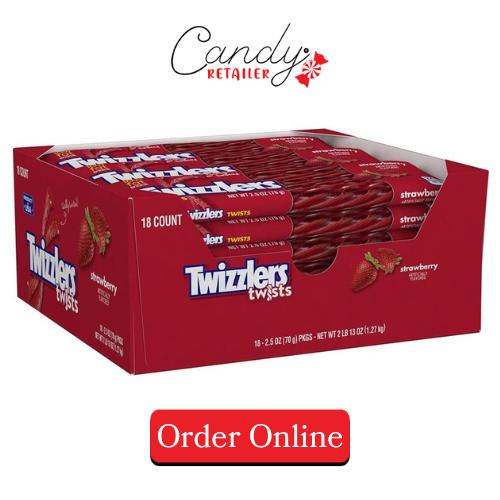
Introduction of New Flavors
The 1960s and beyond were pivotal years for Twizzlers regarding product diversification. Introducing new flavors like strawberry, cherry, and even watermelon significantly boosted sales.
These new flavors appealed to a broader audience and gave consumers more options to choose from.
Marketing played a crucial role in this. Ad campaigns, promotional events, and strategic partnerships helped create a buzz around these new flavors, making them instant hits.
| Year | New Flavor Introduced | Marketing Campaign |
|---|---|---|
| 1960s | Strawberry | “Twist the Day Away” |
| 1970s | Cherry | “Cherry Twist Fiesta” |
| 1980s | Watermelon | “Summer Twist” |
| 1990s | Orange | “Orange You Twisted?” |
| 2000s | Green Apple | “Get Twisted in Green” |
| 2010s | Pull ‘n Peel Flavors | “Peel the Fun Layer by Layer” |
| 2020s | Peach | “Life Just Got Peachy!” |
Twizzlers has consistently demonstrated its knack for innovation by regularly introducing new flavors to its product line. This keeps the brand fresh and exciting and caters to a diverse range of taste preferences.
From the classic strawberry flavor launched in the 1960s to the most recent peach flavor, each new introduction is accompanied by a catchy marketing campaign to create buzz and drive sales. This strategy of continuous product diversification has been key to Twizzlers’ enduring popularity.
If you’re interested in exploring the full range of flavors Twizzlers offers, click here to discover our growing category of Twizzlers products and flavors.
Cultural Impact
Twizzlers has diversified its flavors and deeply embedded itself in American pop culture. The candy has appeared in various movies and TV shows, becoming a cultural staple beyond just a snack. It’s often the go-to choice for movie nights, road trips, and festive celebrations.
| Year | Movie/TV Show | Context |
|---|---|---|
| 1985 | Back to the Future | Movie Snack |
| 1990 | Home Alone | Christmas Celebration |
| 1995 | Friends | Central Perk Scenes |
| 2000 | Survivor | Reward Challenge |
| 2010 | Inception | Dream Sequence Snack |
| 2015 | Stranger Things | Halloween Treat |
| 2020 | The Mandalorian | Baby Yoda’s Choice |
Twizzlers recently launched a new marketing campaign aimed at movie enthusiasts. The campaign creatively reimagines classic movie scenarios with unexpected twists, all while featuring Twizzlers as the snack that adds a fun spin to the movie-watching experience.
Campaigns include TV commercials, Spotify ads, and social media content, each designed to capture the viewer’s attention with humor and surprise.
Nicole Mahon, Twizzlers’ marketing manager, emphasized that the campaign aims to remind people that Twizzlers enhance the movie experience by adding a unique “twist.” Marty Hoefkes, the creative director at FCB, also noted that the campaign aligns well with memorable movie scenes that contain unexpected twists, reinforcing the brand’s association with fun and unpredictability.
The campaign is set to run across various platforms, including popular TV shows, online videos, and even in theaters. It will also feature in soap operas, highlighting that Twizzlers are the ideal snack for any screen-time occasion that could benefit from an added twist.
In summary, Twizzlers continues to solidify its cultural relevance through strategic marketing campaigns and appearances in popular media. The brand leverages its association with fun and unpredictability to remain a top choice for consumers looking for more than just a snack.
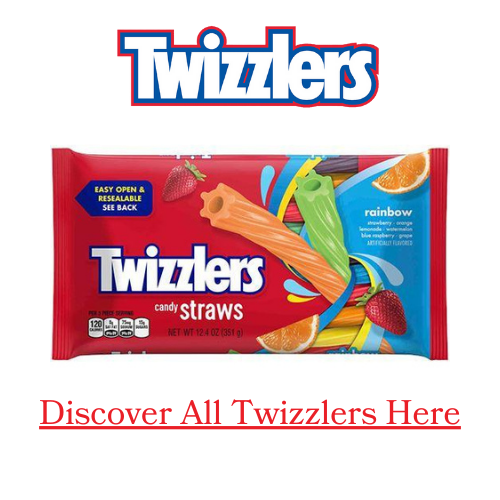
Your Next Adventure with Twizzlers Awaits
If you’ve been captivated by the rich history of Twizzlers, you’ll definitely want to explore our other feature: “What Makes Twizzlers America’s #1 Preferred Licorice.” Discover the secrets behind the brand’s widespread appeal and why it’s a household favorite across the U.S.
But wait, there’s more! Candy Retailer isn’t just your ultimate destination for all things sweet in the blogosphere; we’re also your one-stop online candy shop! Indeed, we offer a wide variety of major candy brands, including every flavor of Twizzlers you can imagine.
Click this link to be transported to our forever-growing candy category, where you can buy Twizzlers in both single packs and bulk, all at unbeatable prices! Don’t miss this opportunity to fill your cart with America’s favorite licorice brand!


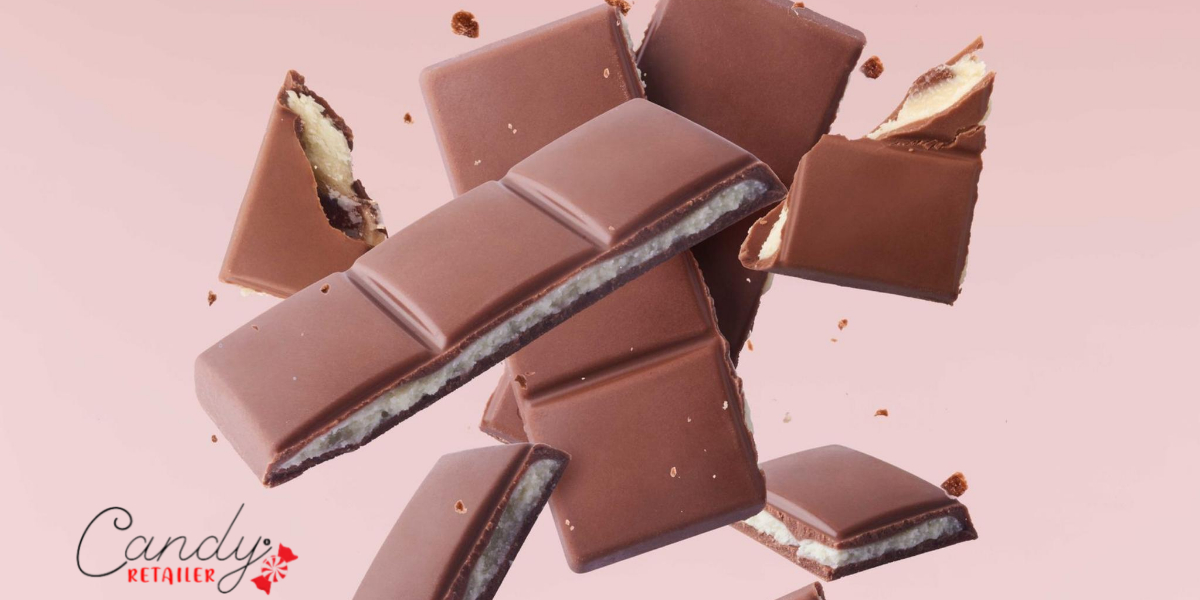

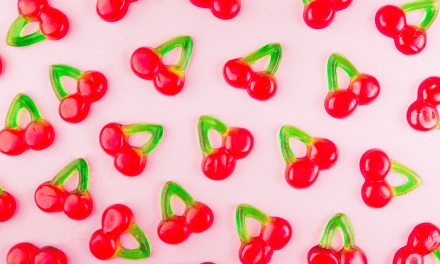
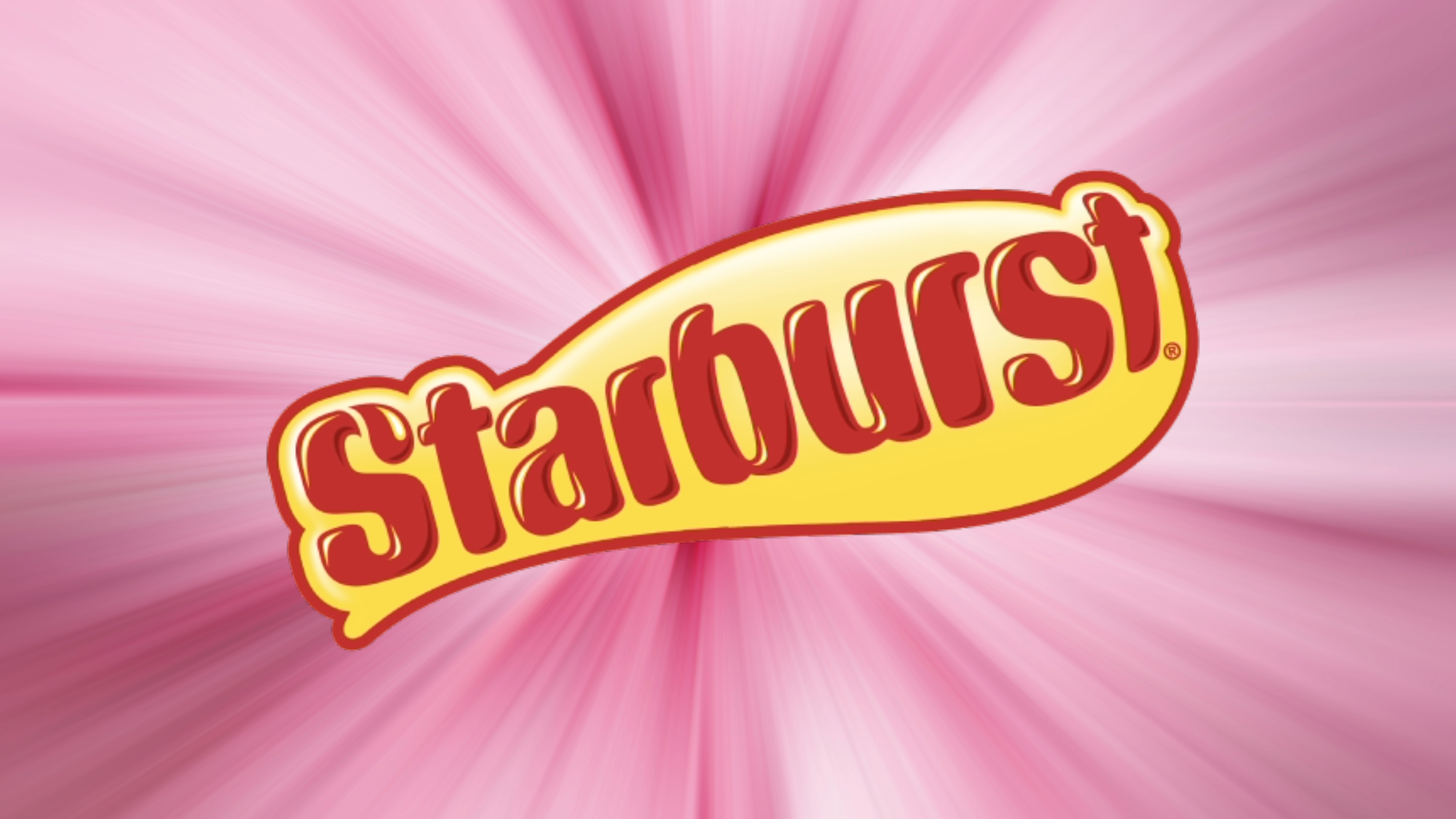
Recent Comments